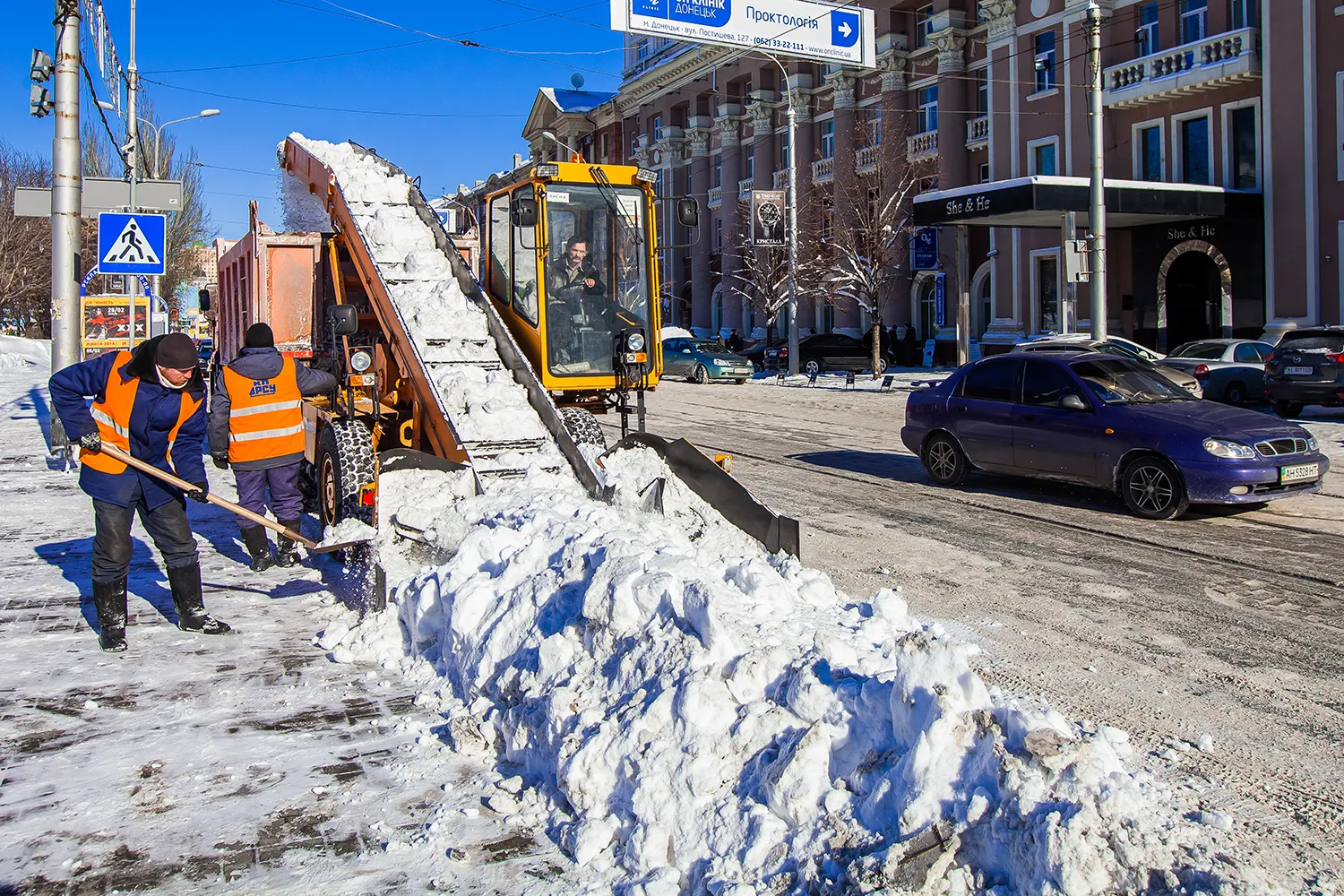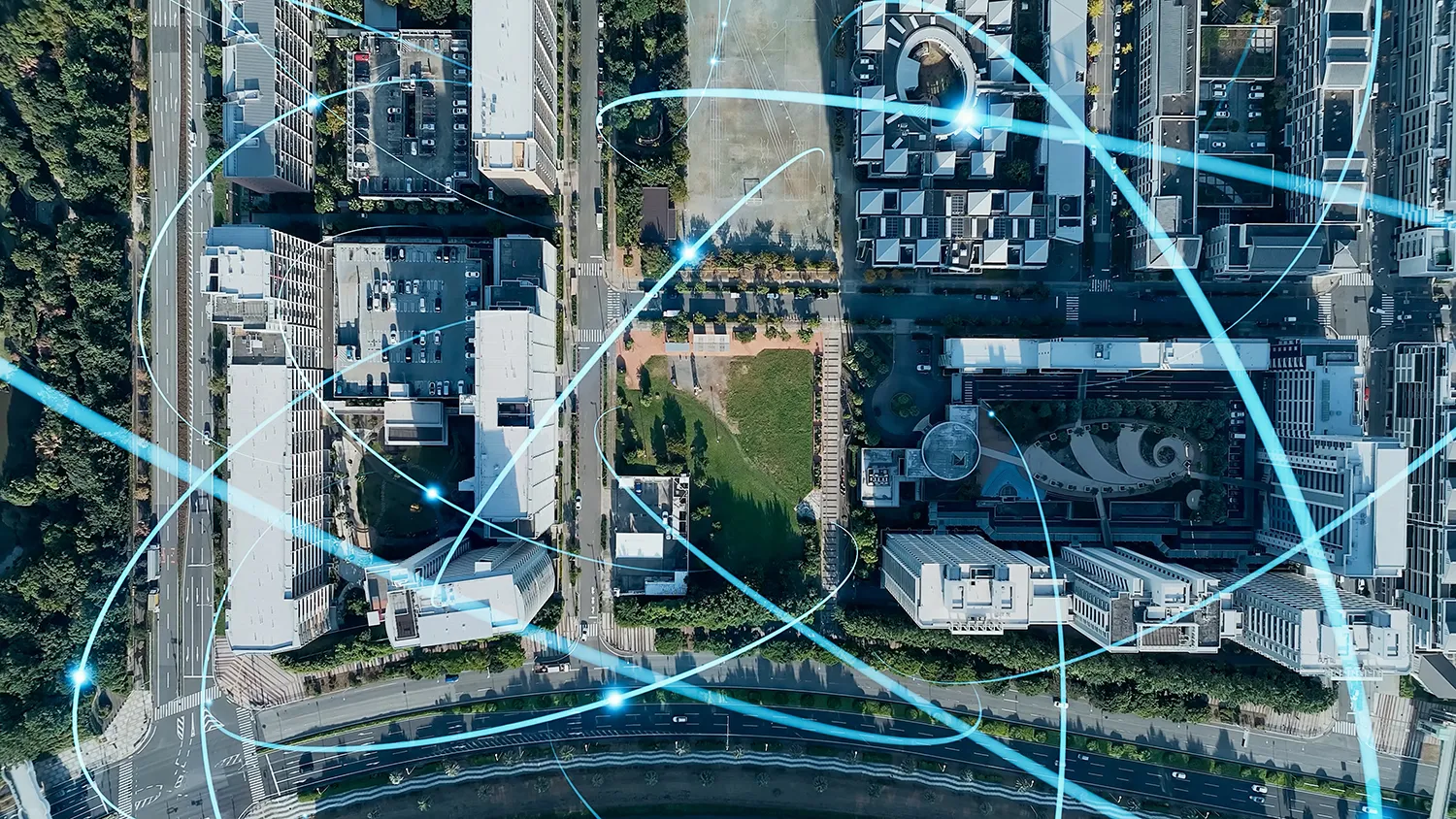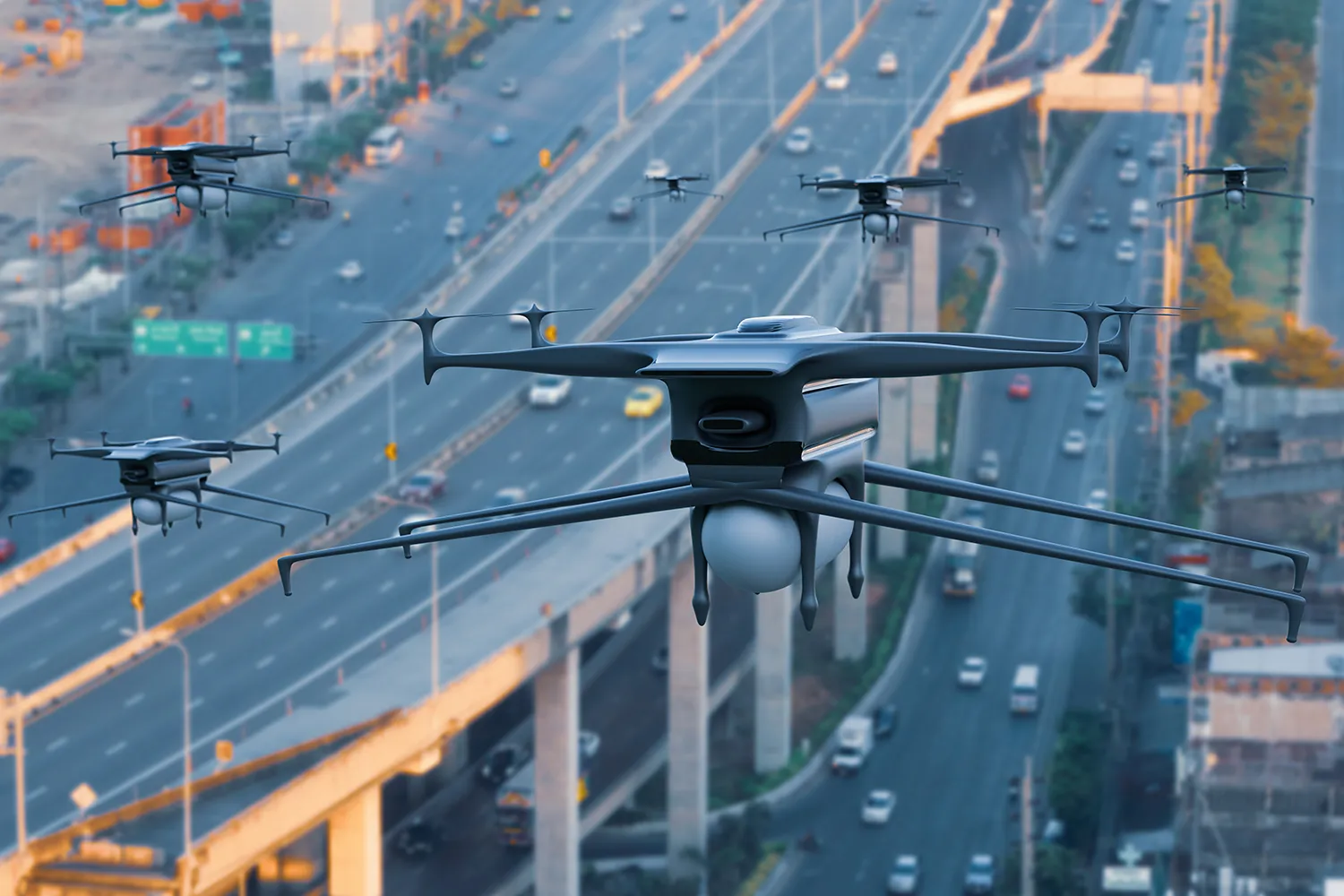Russia Builds Nationwide System to Protect Children from Cyber Threats

Farewell to gaming addiction, cyberbullying, and online scams. Russia has launched a new Childhood Digital Safety Index. Experts believe it could transform the nation’s approach to protecting minors online.
Pilot Projects Set to Launch Across Regions
With an average daily online audience exceeding 83 million, Russia faces increasing challenges in protecting young users. According to a 2023 study by the HSE Institute for Statistical Studies and Economics of Knowledge, 30% of children aged 3–6 already own an internet-connected smartphone. Among adolescents aged 12–14, that number rises to 90%. While mobile phones and smart speakers provide valuable learning opportunities, they also expose children to significant risks: inappropriate content, fraud, cyberbullying, and contact with strangers.
Research by the Alliance for the Protection of Children in the Digital Environment shows that 44% of children encounter illegal content online accidentally — and some deliberately seek it out. To counter these risks, a combination of technical tools and educational initiatives is needed. A foundational step is to assess the level of digital safety for children. This is where Russia’s new Childhood Digital Safety Index comes in — officially introduced at the St. Petersburg International Economic Forum.

A Risk Assessment Tool for the Digital Age
The Index is a joint initiative by the Alliance for the Protection of Children in the Digital Environment and Russia’s Ministry of Digital Development, Communications and Mass Media. Its main goal is to measure how well children are protected online. It evaluates their ability to recognize threats, understand digital hygiene, and access support from adults.
As development wraps up, pilot testing is slated to begin in multiple regions. Students, parents, and teachers will all participate in shaping the system.
“Unfortunately, our Digital Literacy Survey showed that young people score the lowest. Our children place too much trust in digital technology, including artificial intelligence — and scammers take full advantage of that,” said Tatyana Matveeva, Head of the Presidential Directorate for ICT and Communications Infrastructure Development. “This is a national issue that cannot be left to individual organizations. We all need to be part of the solution.”
In 2024 alone, Russia’s Roskomnadzor blocked or removed over 803,000 instances of illegal content. Fines for failure to remove such content totaled 97.5 million rubles. These numbers underscore the scale of the threat facing children online. Building a safe digital environment is a pressing humanitarian challenge that demands modern technological solutions.
Beyond One-Off Measures: A Holistic Approach
Governments around the world are grappling with how to keep children safe online. Internationally, digital literacy indicators and e-safety ratings are used to monitor online safety across three main categories: content, contacts, and behavior.

Some countries have imposed age-based restrictions on social media use. In 2023, Florida banned access for children under 14. Australia enacted legislation setting the minimum age at 16. France permits children under 15 to use social networks only with parental consent. In Germany, AI systems help identify user age to restrict access to adult content. But these remain isolated measures.
Russia’s new Index is the first government-backed, comprehensive tool of its kind. It is expected to influence educational standards and be adopted widely in schools. Its implementation will require cooperation across stakeholders — from educators to public officials and private sector leaders. Only through such a joint effort can we strengthen the digital safety of the next generation.
The Index will enable systemic assessments and improvements in children's digital literacy and online protection. It will help reduce fraud risks and other forms of online abuse. In the future, this Russian-developed system could serve as a model for similar efforts in other countries. It may even evolve into an advanced online platform offering analytics and recommendations far beyond Russia’s borders.










































